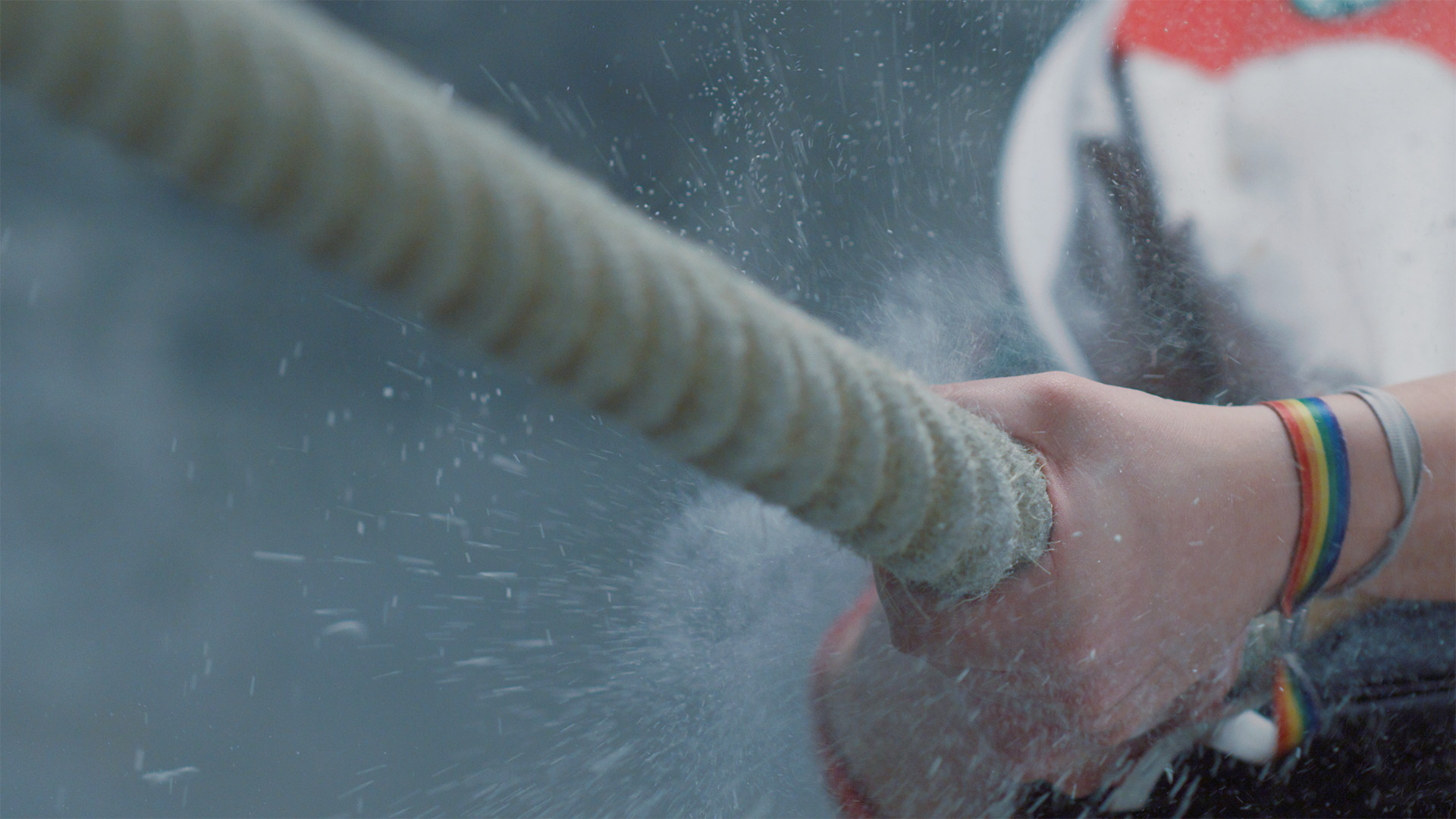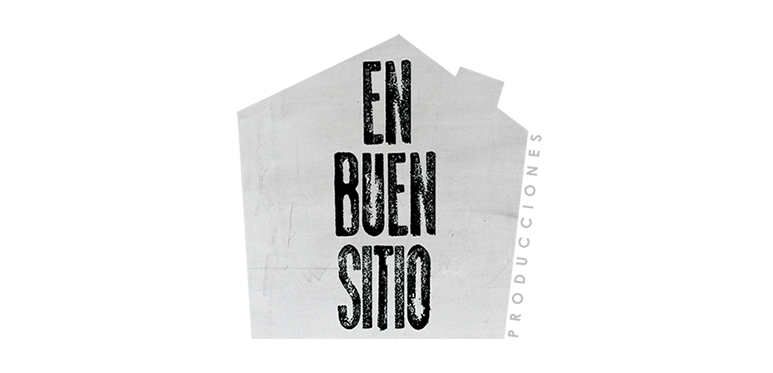Navarra inmaterial – Nafarroa inmateriala
Credits ↴
Book ↴
® All rights reserved 2021
Navarra inmaterial – Nafarroa inmateriala
Credits ↴
Book ↴
® All rights reserved 2025
Sokatira
Sokatira
Tug of War
CAST
|
EUS
|
ENG
Juego
Técnica
Jolastu
Teknika
Games
Technique
Berriozar
Irati Aguirre Martiartu
Maider Erize Rekalde
Irati Muro Fernández
Irantzu Iraqui Erro
Julen Medel Munárriz
Urko Erize Rekalde
Asier Aguirre Martiartu
Iosu Huarte Goldaracena
Lur Gil Rey
Sergio Catalán Ruiz
Mikel García Garciriain
Irati Aguirre Martiartu
Maider Erize Rekalde
Irati Muro Fernández
Irantzu Iraqui Erro
Julen Medel Munárriz
Urko Erize Rekalde
Asier Aguirre Martiartu
Iosu Huarte Goldaracena
Lur Gil Rey
Sergio Catalán Ruiz
Mikel García Garciriain
Berriozar
Irati Aguirre Martiartu
Maider Erize Rekalde
Irati Muro Fernández
Irantzu Iraqui Erro
Julen Medel Munárriz
Urko Erize Rekalde
Asier Aguirre Martiartu
Iosu Huarte Goldaracena
Lur Gil Rey
Sergio Catalán Ruiz
Mikel García Garciriain
Irati Aguirre Martiartu
Maider Erize Rekalde
Irati Muro Fernández
Irantzu Iraqui Erro
Julen Medel Munárriz
Urko Erize Rekalde
Asier Aguirre Martiartu
Iosu Huarte Goldaracena
Lur Gil Rey
Sergio Catalán Ruiz
Mikel García Garciriain
Berriozar
Irati Aguirre Martiartu
Maider Erize Rekalde
Irati Muro Fernández
Irantzu Iraqui Erro
Julen Medel Munárriz
Urko Erize Rekalde
Asier Aguirre Martiartu
Iosu Huarte Goldaracena
Lur Gil Rey
Sergio Catalán Ruiz
Mikel García Garciriain
Irati Aguirre Martiartu
Maider Erize Rekalde
Irati Muro Fernández
Irantzu Iraqui Erro
Julen Medel Munárriz
Urko Erize Rekalde
Asier Aguirre Martiartu
Iosu Huarte Goldaracena
Lur Gil Rey
Sergio Catalán Ruiz
Mikel García Garciriain
“Como deporte las piernas y el abdomen son fundamentales. Y estar muy concentradas, en silencio, no podemos perder un paso cuando competimos con China, Italia, Irlanda o Escandinavia”.
“En Berriozar hay mucha cultura de Herri Kirolak. Mantener la sokatira es mantener la cultura, tiene identidad propia, es muy bonito, tenemos que ir todos juntos”.
“En Berriozar hay mucha cultura de Herri Kirolak. Mantener la sokatira es mantener la cultura, tiene identidad propia, es muy bonito, tenemos que ir todos juntos”.
El nombre de soka tiene rasgos célticos. La palabra castellana soga tiene su origen en el euskera soka, tomada de la céltica suka. Deporte rural con ocho personas y un peso máximo, que tratar de arrastrar al otro equipo, en cada extremo de la cuerda. La soga no tendrá menos de 10 centímetros de circunferencia ni más de 12,5 centímetros. Su longitud máxima será de 32 metros. No pueden cambiarse de lado durante toda la competición. Juego olímpico de 1900 a 1920.
Desde antiguo, se asocia al oficio de los marineros al atracar los barcos tirando de la "sirga". Incluso a la caza de la ballena, puesto que una vez muerto el cetáceo, había que desembarcarlo para su partición a rastras, tirando de su cabeza y de su cola. De esta manera comenzaron a competir entre ellos.
“Kirol honetan, hankak eta sabelaldea funtsezkoak dira. Eta oso kontzentratuta egotea, isiltasunean, ezin dugu urratsik galdu Txina, Italia, Irlanda edo Eskandinaviarekin lehiatzen garenean”.
“Berriozarren herri kirolen kultura handia dago. Sokatira mantentzea kultura mantentzea da, nortasun propioa du, oso polita da, denok batera joan behar dugu”.
“Berriozarren herri kirolen kultura handia dago. Sokatira mantentzea kultura mantentzea da, nortasun propioa du, oso polita da, denok batera joan behar dugu”.
Soka hitzak ezaugarri zeltikoak ditu. Zelterazko suka hitzetik iritsi zen euskarara, eta euskaratik gaztelaniazko soga hitzera. Herri-kirol honetan zortzi lagun aritzen dira, eta ezin dute pisu jakin bat gainditu taldekide guztien artean. Taldeak sokaren alde banatara kokatuko dira eta helburua aurkariak arrastaka eramatea da. Sokak 10 zentimetroko zirkunferentzia izan behar du gutxienez, eta 12,5 zentimetrokoa gehienez. Horrez gain, ezin da 32 metro baino luzeagoa izan. Taldekideak ezin dira aldez aldatu lehiaketak irauten duen bitartean. Olinpiar jokoa izan zen 1900 eta 1920 artean.
Marinelen lanbidearekin lotuta dago antzinatik, ontziak zirgatik tira eginez porturatzen baitzituzten. Bale-ehizarekin zerikusia ere badu, zetazeoa hil eta gero zatitzeko lehorreratu behar baitzuten, eta arrastaka eramaten zuten, burutik eta buztanetik tiraka. Era horretan, marinelen arteko erronkak hasi ziren.
“As a sport, the legs and the core are crucial, as well as being very focused, in silence. We cannot miss a step when competing against China, Italy, Ireland, or Scandinavia.”
“There is a large Basque rural sport (herri kirolak) culture in Berriozar. Preserving sokatira is preserving the culture. It has its own identity, it’s beautiful, we must move together.”
“There is a large Basque rural sport (herri kirolak) culture in Berriozar. Preserving sokatira is preserving the culture. It has its own identity, it’s beautiful, we must move together.”
The term soka has Celtic features. The Spanish word soga comes from Basque soka, which originated from the Celtic suka. Sokatira (tug of war) is a rural sport played by eight people with a weight limit. Two teams pull on opposite ends of a rope, each trying to move the other one. The rope must have between 10 and 12.5 centimetres of circumference, and a maximum length of thirty-two metres. Teams cannot switch sides during the competition. It was part of the Olympic Games from 1900 until 1920.
Since ancient times, the game has been associated with sailors pulling the rope (sirga) when docking. It has even been associated with whale hunting, because once the animal was dead, it was necessary to unload it by pulling from the head and the tail. This way, sailors started competing among them.
Ver detalles:

1



